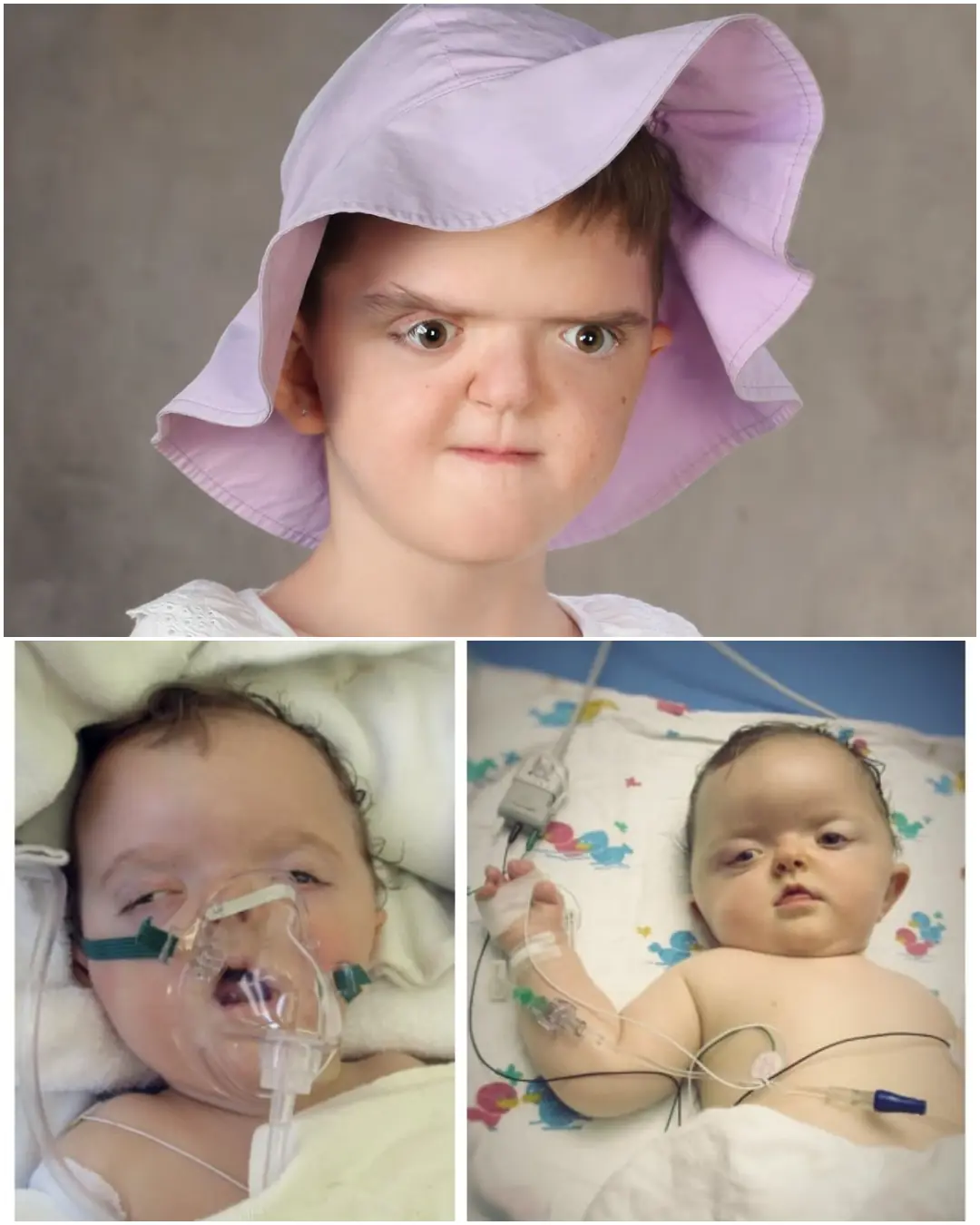
The Vietnamese Diet Habit That’s Damaging the Liver: A Silent Path Toward Fatty Liver, Cirrhosis, and Even Cancer
Modern Vietnamese lifestyles are increasingly characterized by limited physical activity and unbalanced diets. Health experts are warning that these habits are placing a heavy burden on the liver, silently leading to serious diseases such as fatty liver, cirrhosis, and even liver cancer (Vietnam News, 2024).
🍛 The Eating Pattern That Causes a “Fatty Liver”
According to Dr. Lưu Thị Minh Diệp, specialist at the Hepatology Department, Bach Mai Hospital, the primary cause of fatty liver disease in Vietnam is an imbalanced diet high in sugar, fat, and alcohol. Over time, this excess energy is stored in the liver, leading to fat accumulation and inflammation.
“People who regularly consume sweetened beverages, fried foods, and alcohol are at significantly higher risk,” Dr. Diệp noted. Overeating combined with a sedentary lifestyle slows down fat metabolism, allowing fat to build up in the liver and making it “overflow with grease.”
Studies show that obesity and metabolic disorders such as type 2 diabetes and hypertension also increase the likelihood of developing fatty liver (Harvard Health Publishing, 2023).
⚠️ Signs and Symptoms of Fatty Liver
Fatty liver disease occurs when fat accounts for more than 5% of the liver’s weight, impairing its ability to function properly (World Health Organization, 2023).
In the early stages, patients often show no obvious symptoms, which makes the condition difficult to detect. As the disease progresses, common signs may include:
-
Persistent fatigue or discomfort.
-
Itchy skin, rashes, or mild allergic reactions.
-
A dull ache or feeling of heaviness in the upper right abdomen.
-
Loss of appetite, nausea, or unexplained weight loss.
-
In severe cases progressing to cirrhosis, patients may experience jaundice, nosebleeds, or bleeding gums.
Without proper management, non-alcoholic fatty liver disease (NAFLD) can lead to liver cancer — sometimes without passing through the cirrhotic stage, making it especially dangerous (The Lancet Gastroenterology & Hepatology, 2022). Research also shows a link between fatty liver and a 20-fold increase in colorectal cancer risk (Journal of Hepatology, 2023).
🥦 How to Prevent Fatty Liver Disease
Fortunately, fatty liver is preventable and reversible when detected early. Dr. Diệp emphasizes that prevention starts with balanced nutrition, regular movement, and good metabolic control.
✅ Eat more vegetables and fruits – Focus on fiber-rich foods such as leafy greens, carrots, apples, and legumes.
✅ Limit sugary, oily, and processed foods – Avoid deep-fried dishes, fast food, and sweetened drinks.
✅ Exercise daily – At least 30 minutes of moderate activity like walking, jogging, swimming, or yoga helps improve circulation and burn excess fat.
✅ Maintain a healthy weight – Even a 5–10% reduction in body weight can significantly reduce fat accumulation in the liver.
✅ Manage chronic conditions – Properly control diabetes, hypertension, and cholesterol to lower liver strain.
✅ Go for regular checkups – Routine health screenings can detect liver issues before they become serious.
🩺 Early Detection Saves Lives
“If you experience unusual symptoms related to liver function — such as fatigue, jaundice, or digestive discomfort — don’t hesitate to seek medical advice,” Dr. Diệp advised. “With early diagnosis, treatment is much simpler and recovery rates are significantly higher.”
Experts from the World Health Organization stress that public awareness and lifestyle modification remain the most effective tools to curb the rising tide of fatty liver disease in developing nations like Vietnam.
News in the same category


The Tiny Hole at the End of a Nail Clipper Has a Special Purpose — Most People Never Knew

Natural Tricks to Clean Rusty, Greasy Gas Stoves — Make Them Shine Like New

The Coffee-Drinking Habit That Cancer ‘Loves’: Why You Should Never Make This Mistake

15 Things You Should Never Do During a Thunderstorm

8 Surprising Things You Can Do With Leftover or Expired Beer — You’ll Never Throw It Away Again!

Smart Ways to Fade Freckles and Reveal a More Even, Radiant Skin Tone

Everyday Emergencies: Small First-Aid Tricks That Could Save a Life

GTA 6 price set to soar for country of 130M people ahead of May 2026 release

Shaq’s Son Shaqir Pulls a $130K Stunt at Dad’s Expense. Here’s What He Did

14-Year-Old Texas Teen Follows In Older Sister’s Footsteps Of Graduating College Early

Heroic Connecticut Teen Rescues Mother and Three Children From A Burning Car

Black-Owned Social Platform ‘SPILL’ Launches Equity Crowdfunding Round for Users

11-Year-Old Uses Money From Lemonade Stand To Donate 22,000 Diapers To Single Mothers

This 102-Year-Old WWII Veteran Just Crossed Skydiving Off Her Bucket List

8-Year-Old Choreographs His Own Ballet Recital After His Was Cancelled

8 Little Miracles Starting from One Drop of Balm (Menthol/Oil) — Many People Have It but Don’t Know How to Use It

Place Two Cups at Your Hotel Door — It Brings a Special Benefit Everyone Should Try

Don’t Use a Whetstone! Try This Simple Trick to Make Your Dull Scissors Sharp as New
News Post

Apply This Simple Mixture — Even the Dullest Knives Will Become Razor-Sharp and Sparkling Clean

The Tiny Hole at the End of a Nail Clipper Has a Special Purpose — Most People Never Knew

Natural Tricks to Clean Rusty, Greasy Gas Stoves — Make Them Shine Like New

The Coffee-Drinking Habit That Cancer ‘Loves’: Why You Should Never Make This Mistake

15 Things You Should Never Do During a Thunderstorm

8 Surprising Things You Can Do With Leftover or Expired Beer — You’ll Never Throw It Away Again!

Clear the apartment, I am the new wife of your husband, I will live here!” — a woman grinned and announced to me on the doorstep.

My husband called me poor in front of the guests, but he didn’t know something.

Your parents won’t be attending the wedding,” said the future mother-in-law to the bride.

Your wife stole my necklace!” – Mother-in-law shouted. “She’s a thief! I’ll have her locked up!

My salary is spent by me, Elena Viktorovna, and your son has a separate budget!” – the daughter-in-law retorted to her mother-in-law.

— They’re not my children,” screeched the aghast husband. “Lada, they’re… dark-skinned! Who did you pick them up from?

Decided to seduce the second son, too?” the mother-in-law screamed (upon discovering her daughter-in-law’s high-heeled shoes).

— So, sweetie, you’ll sell the summer house, give me the money, and I’ll pay off your husband’s debt, declared the mother-in-law as she looked at her daughter-in-law.

Having learned from the doctor that her mother-in-law’s discharge had been postponed for a week, the wealthy man’s wife sensed something was amiss and pleaded with the nurse to keep an eye on her husband…

Pack your things and get out!” declared Timur to his wife, though he had overlooked one detail

A Heartbreaking Goodbye: Remembering Beeper’s Final Journey

A Mother’s Battle: Fighting Cancer With a Newborn in Her Arms
